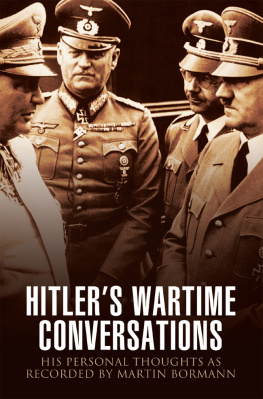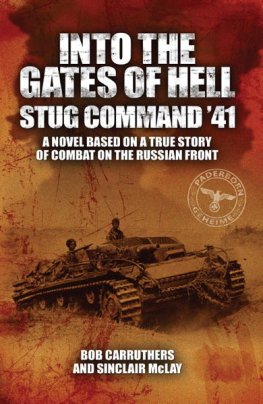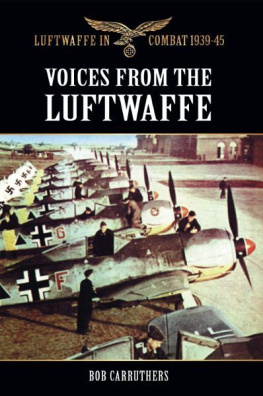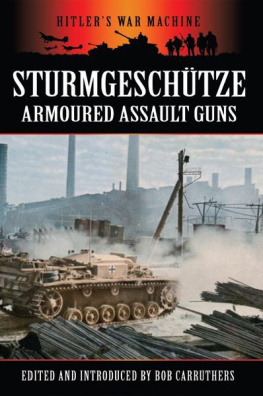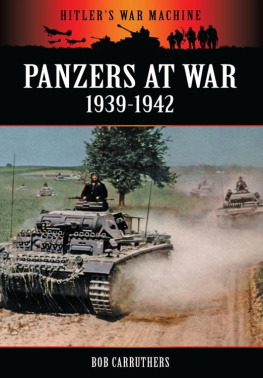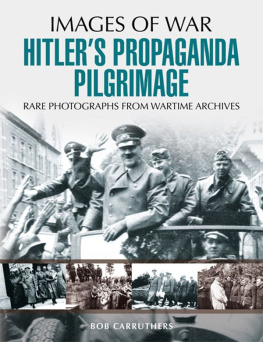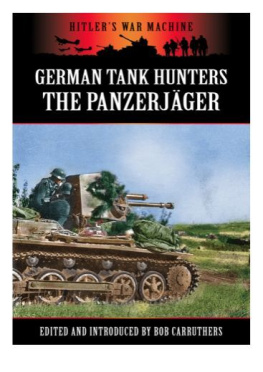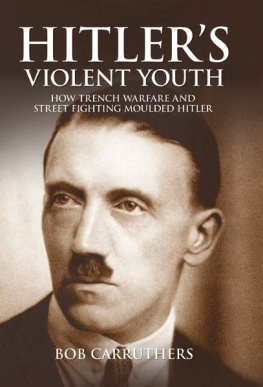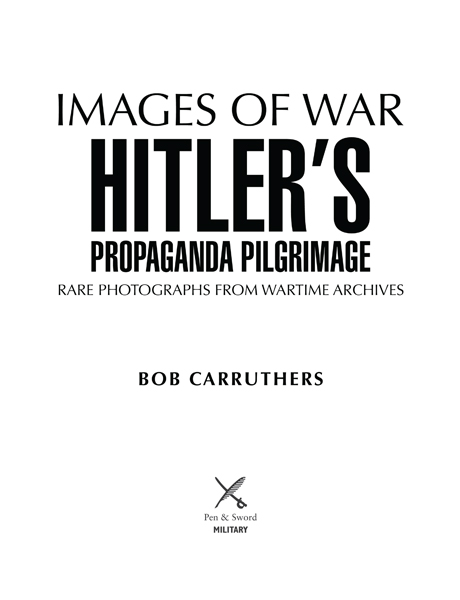This edition published in 2015 by
Pen & Sword Military
An imprint of
Pen & Sword Books Ltd.
47 Church Street
Barnsley
South Yorkshire
S70 2AS
Copyright Coda Publishing Ltd. 2015.
Published under licence by Pen & Sword Books Ltd.
ISBN: 9781473833500
eISBN: 9781473857551
A CIP catalogue record for this book is available from the British Library.
All rights reserved. No part of this book may be reproduced or transmitted in any form or by any means, electronic or mechanical including photocopying, recording or by any information storage and retrieval system, without permission from the Publisher in writing.
Pen & Sword Books Ltd. incorporates the imprints of Pen & Sword Aviation, Pen & Sword Family History, Pen & Sword Maritime, Pen & Sword Military, Pen & Sword Discovery, Pen & Sword Politics, Pen & Sword Atlas, Pen & Sword Archaeology, Wharncliffe Local History, Wharncliffe True Crime, Wharncliffe Transport, Pen & Sword Select, Pen & Sword Military Classics, Leo Cooper, The Praetorian Press, Claymore Press, Remember When, Seaforth Publishing and Frontline Publishing
For a complete list of Pen & Sword titles please contact
PEN & SWORD BOOKS LIMITED
47 Church Street, Barnsley, South Yorkshire, S70 2AS, England
E-mail: enquiries@pen-and-sword.co.uk
Website: www.pen-and-sword.co.uk
Contents
Chapter One
The Return to Flanders
T he controversy surrounding Hitlers two visits to the Great War battlefields of northern France and Flanders has endured for over 70 years. The first visit took place on 1 June 1940, at the time of his visit the battle for France was continuing and the British were still fighting on the perimeter at Dunkirk only 40 miles away. Hitler, as supreme commander, made a routine visit to the Headquarters of von Richenaus 6th Army at Wevelgem, but the staff officers struggling with the logistics of the ongoing battle for Dunkirk must have been surprised to be required to suddenly make arrangements for the Fhrer to drive in a great loop through what was still a warzone. The sole purpose of the trip was to allow Hitler to visit some obscure towns and villages which no longer had strategic value in June 1940. The 1 June visit was unexpected and unnecessary, the circular trip was a frustrating diversion at a time when there were much more pressing calls on Hitler who, as supreme commander, was much in demand elsewhere especially with an undefeated French army still in the field.
The reason for Hitlers diversionary journey was obvious to any German soldier. The itinerary included Menen, Gheluvelt, Ypres, Langemark, Poperinge, Kemel and Wervick. These seemingly unimportant places were actually the sites of the battles of the Great War. This was where the ageing warriors of the frontgemeinschaft (the informal brotherhood of the trenches) had served from 1914-18. These towns and villages were the former locations of the front line trenches which had formed the Ypres salient.
Amazingly Hitler took with him Germanys most senior commanders. By 1 June 1940 it was apparent that the BEF was a beaten force and the withdrawal from Dunkirk was already underway. At a crucial time, with a strong French army still in the field, Generals Wilhelm Keitel and Alfred Jodl were required to join Hitler on what was little more than a glorified trip down memory lane. The RAF and the French Air Force were still operational and during his visit Hitlers party travelled in armoured Mercedes six-wheel staff cars which were guarded by SS men mounting MG 34 machine guns. They were also escorted by a mobile Luftwaffe air defence detachment mounting a 2cm flak cannon in case of air attack.
Although he cultivated the impression that he had been ever present in the trenches, Hitler knew the uncomfortable truth behind the myths surrounding his service in the Great War.

On the morning of 10 May 1940. Assault infantry gather before the attack.

Across the border. Tank obstacles could not stop the grenadiers of a Panzer Division.

Some bridges were blown but German assault engineers maintained the pace of the advance.

The infantry were at the forefront of the advance.

Anti-tank gunners on the look-out for enemy armour.

The artillery has done its duty. The infantry finishes the task. An assault troop is about to infiltrate.

Generalfeldmarschall Karl Rudolf Gerd von Rundstedt delivers a report to the Fhrer .

This is how the Felsennest (Rocky Eyrie headquarters) of the Fhrer was skilfully camouflaged.

Hitler with Reichsmarschall Gring and chief military adjutant, Colonel Schmundt, at a presentation.

The Reichsmarschall has appeared at headquarters to make a report.

Reichsmarschall Gring with the Fhrer at the Rocky Eyrie headquarters.

Assault troops move up to the front.

Advance under burning heat. German fliers and German artillery have done a thorough job here.

Assault troops in a battle damaged town.

Hitler in a conference with his chief military adjutant, Colonel D. G. Schmundt.


